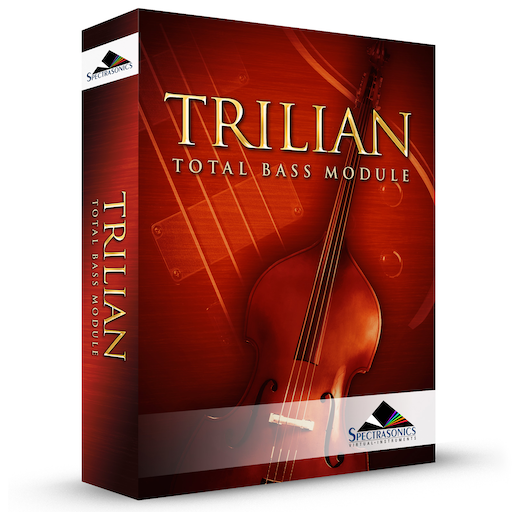
One of the innovative features of Trilian’s Envelopes is that each of them has two interfaces. There have always been two competing design philosophies; simple ADSR envelopes, which are fast and easy to use, and “complex” envelopes, which are more powerful and flexible but typically not as fast or easy to use.
In Trilian we’ve combined both ideas into one. Trilian’s envelopes are both powerful and easy-to-use, regardless of the envelope style.
Envelopes are the contours that shape the sound coming from the Oscillators and the Filters.
A basic ADSR-style envelope determines how quickly a sound will begin, its initial decay, what level it sustains at, and how long it will fade out after the note has been released. These different elements of the envelope are called stages. Most synthesizers have 4-stage envelopes, often called ADSR envelopes, which stands for Attack, Decay, Sustain and Release.

Trilian adds a fifth stage, called Hold, that comes between Attack and Decay (making it a 5-stage “AHDSR” Envelope), which determines how long an Envelope remains open before it begins to decay.
Complex envelopes contain contours with more than five stages. Complex envelopes allow a much greater degree of control in shaping the sound, and offer tremendous flexibility when shaping sounds and can be used to create rhythmic shapes.
Each Part in Trilian has six envelopes, and each can be used either as a basic 5-stage AHDSR envelope, or as a Complex envelope. Each Layer has a dedicated AMP (Amplitude) envelope and a dedicated FILTER envelope, while there are two Modulation envelopes that are common to both Layers.
NOTE: The Mod Envelopes in Trilian provide tremendous flexibility for creating both evolving and rhythmic bass sounds. For most bass instrument applications this is more than enough. However, if you want to explore additional synthesis possibilities using Trilian Soundsources, Omnisphere Library Integration lets you load Trilian sounds into Omnisphere, and manipulate them there using the two additional Mod Envelopes per part found in Omnisphere.
AMP ENVELOPE

Each Part has two dedicated AMP (Amplitude) Envelopes, one each for Layer A and Layer B. These shape the overall loudness of the Layer. A dedicated Velocity knob controls the dynamic output of the AMP Envelopes based on MIDI Velocity.
FILTER ENVELOPE

Each Part also has two dedicated FILTER Envelopes, one each for Layer A and Layer B. These shape the Filter cutoff for each Layer. A dedicated Velocity knob controls the dynamic output of the FILTER Envelopes based on MIDI Velocity.
MODULATION ENVELOPES

A Part has two Modulation Envelopes, which are shared by both Layers. These can be used to modulate various parameters in Trilian. A dedicated Depth knob controls the amount of envelope modulation that is sent to the modulation matrix.
There are two key differences between the AMP and FILTER Envelopes, and the MOD Envelopes:
- AMP and FILTER Envelopes are per Layer, and are polyphonic.
- Modulation Envelopes are per Part, and are monophonic.
Need more help with this?
Spectrasonics Customer Support



